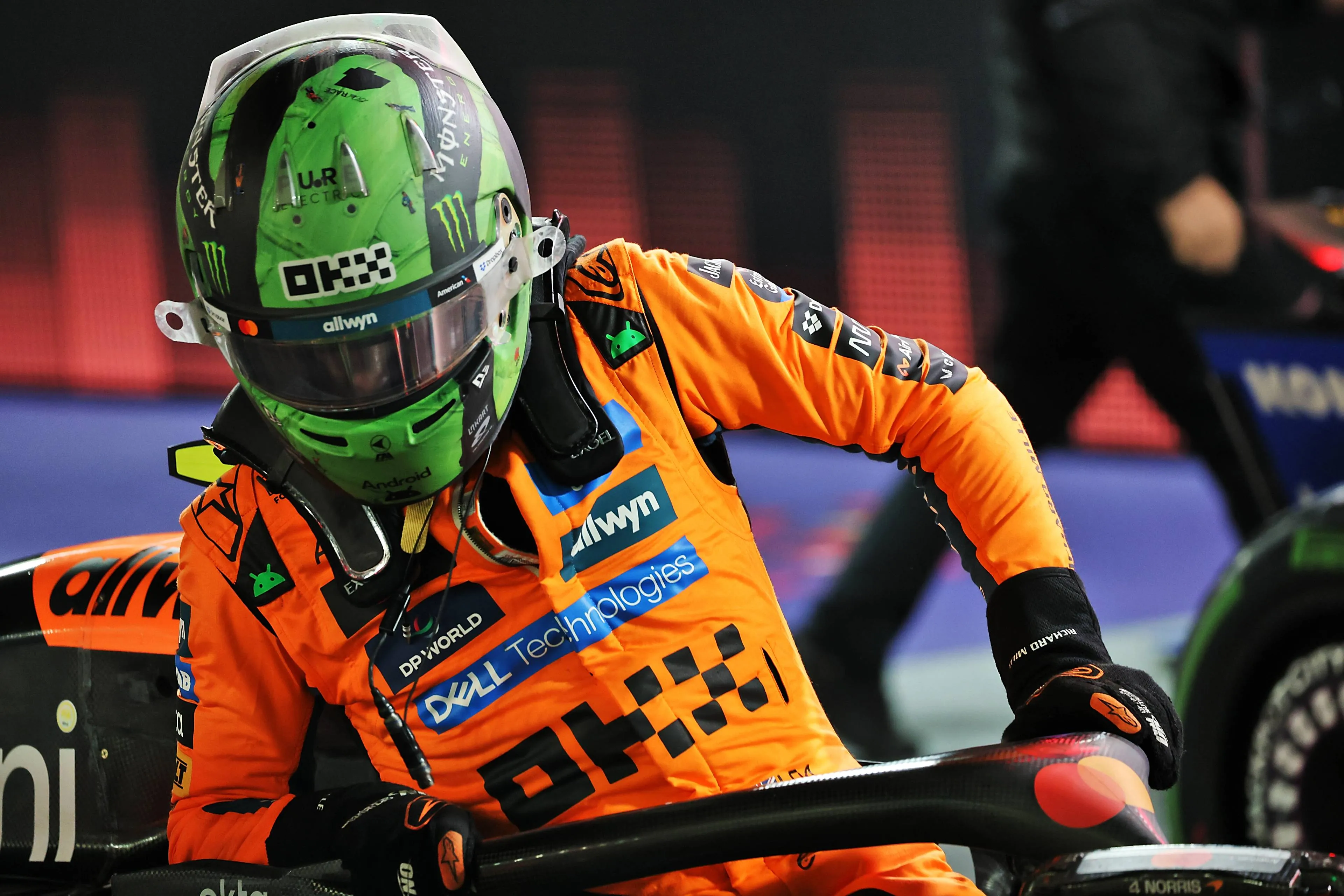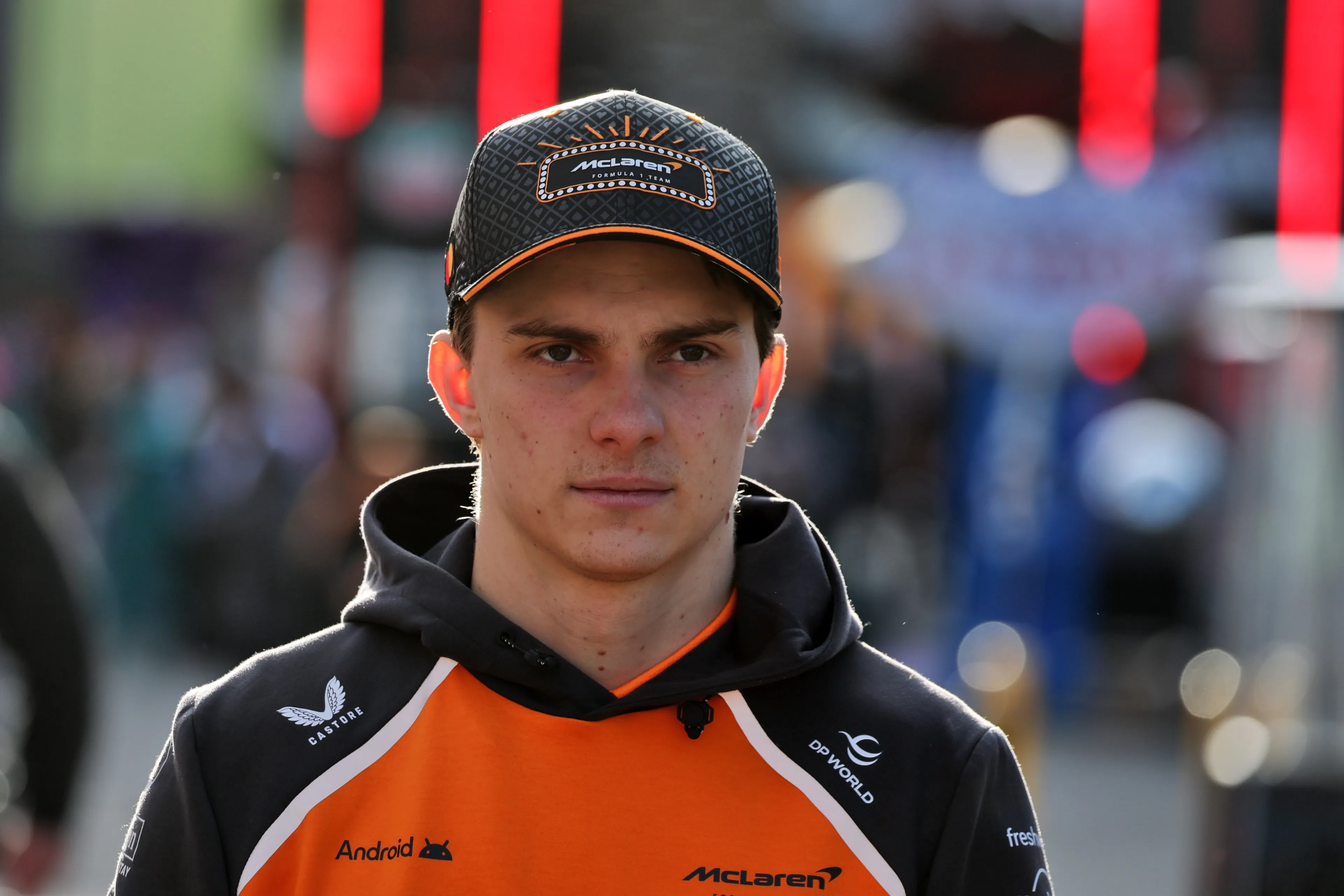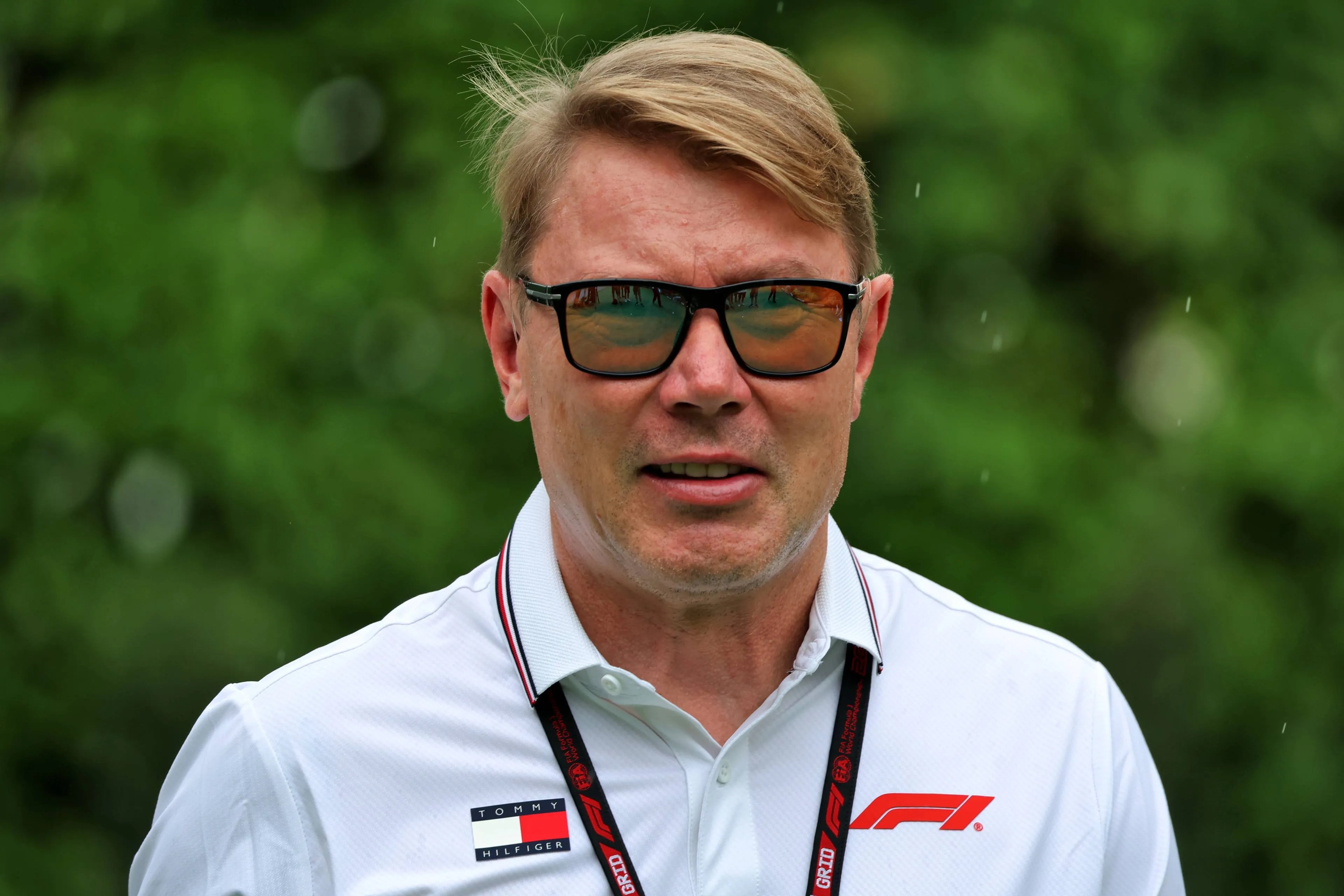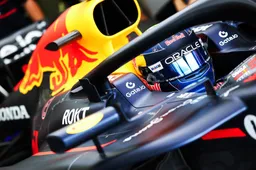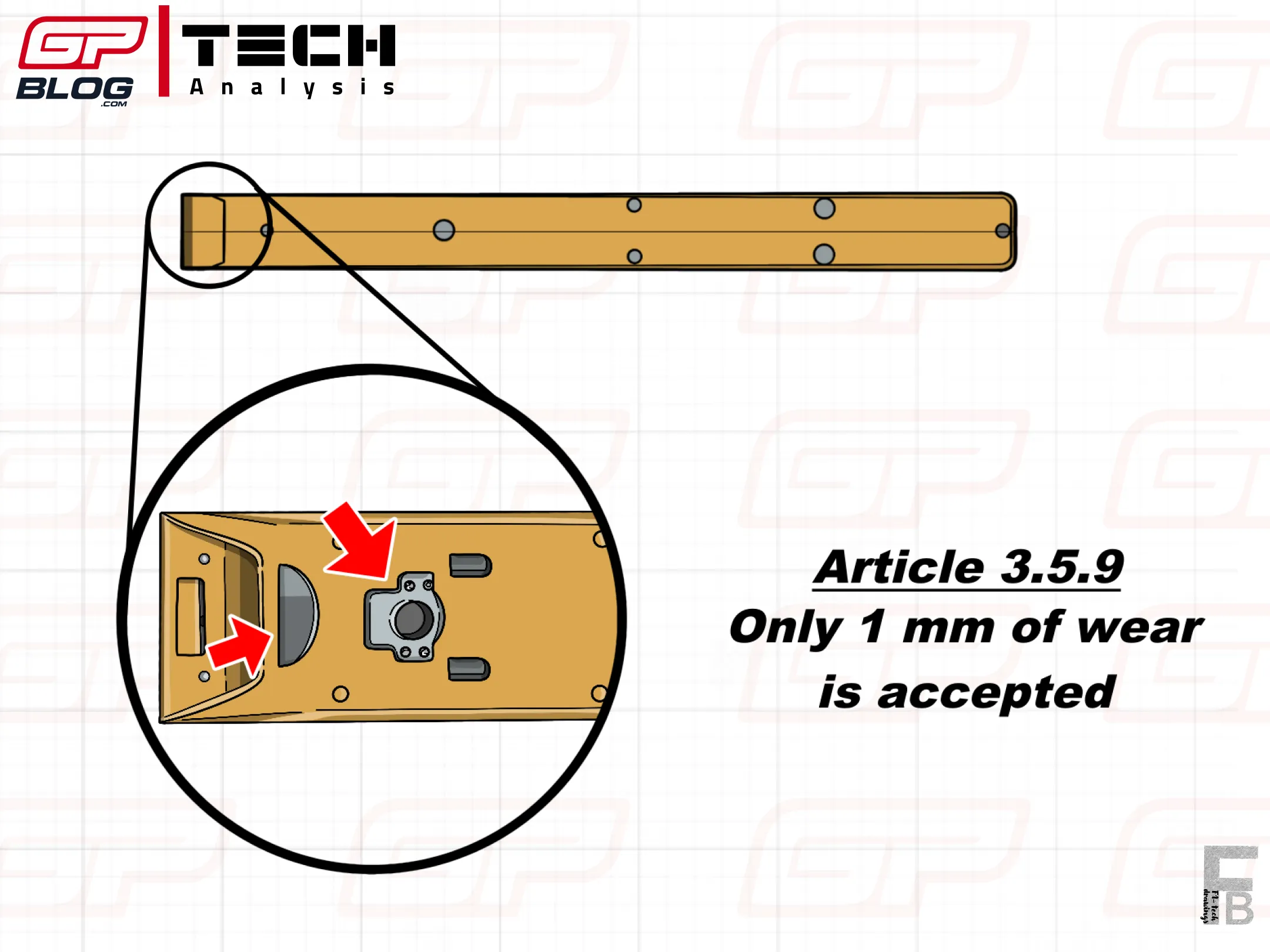
Skid blocks checked by the FIA after the race - Image: Francesco Bianchi
F1 Tech | McLaren's DSQ has nothing to do with expanding skid blocks
15:00, 24 Nov
0 Comments
McLaren’s disqualification was caused by specific set-up choices and has nothing to do with the expanding skid block theories that emerged last week.
After the Brazilian Grand Prix, some wild rumours started to spread, stating that the FIA had discovered a specific trick used by many teams to reduce the wear on their titanium skid blocks, thereby running their cars lower and gaining an advantage in terms of performance.
Following the disqualification of Lando Norris and Oscar Piastri for excessive plank wear at the Las Vegas Grand Prix, many fans assumed both situations were linked. However, the two incidents are entirely unrelated. Here’s why.
Read also
What are expanding skid blocks?
Regarding the crazy and nonsensical rumours that started circulating after the race in Interlagos, it was stated that some teams were using titanium skid blocks that were able to expand due to the heat generated by the friction with the asphalt.
According to these stories, this supposed technique allowed teams to run their cars closer to the ground, gaining performance, without encountering plank-wear issues. Under FIA regulations, only 1mm of wear is permitted, but these so-called “magic” skid blocks were said to minimise it.

Skid blocks checked by the FIA after the race - Image: Francesco Bianchi
However, these claims are completely detached from the realities of modern motorsport. Managing plank and skid block wear is a crucial part of every team’s approach, as they must set up their cars to extract the maximum benefit from the Venturi tunnels while still remaining fully within the regulations.
Ultimately, teams want to limit the skid block wear, as it’s where the FIA checks the legality of the plank. For this reason, the theory just exposed makes very little sense: having an expanding skid block means that they wear more during a race, have a higher probability of exceeding the FIA standard at the end of the race, and cause a DSQ.
What teams try to do, on the other hand, is reduce the wear of the skid blocks as much as possible: for this reason, during previous seasons, many of them were found to use some specific tricks to move the frontal skid block to reduce its wear, and that’s why the FIA introduced the famous TD039 back in 2022.
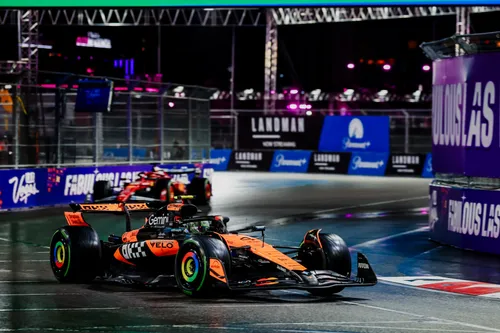
Lando Norris during qualifying in Las Vegas - Image: Race Pictures
This is why the FIA also introduced a specific technical directive requiring that the wear compliance of the skid blocks be checked not only at the point designated for this measurement, but also in the adjacent areas, to prevent teams from further wearing out the titanium supports while still being compliant with the regulations.
Moreover, there are strict rules that specify how the skid blocks should be fixed, where they need to connect to the plank, and how much they can flex and wear over a race distance. The Federation knows that this is a grey area and teams tend to exploit it to gain as much performance as possible, and that’s also why they introduced such specific controls.
Why McLaren’s DSQ was related to specific set-up decisions
Coming now to analyse the reasons behind McLaren’s double disqualification at the Las Vegas Grand Prix, they are related to how the weekend unfolded: on Friday, the two red flags in the final half of the second practice session denied all teams the opportunity to make long run simulations.
In these runs, in fact, most teams load the race amount of fuel and drivers make consecutive laps to gather data not only on the tyre consumption, but also on the skid block and fuel consumption for that specific event, to then allow engineers to make changes to the set-up before qualifying.
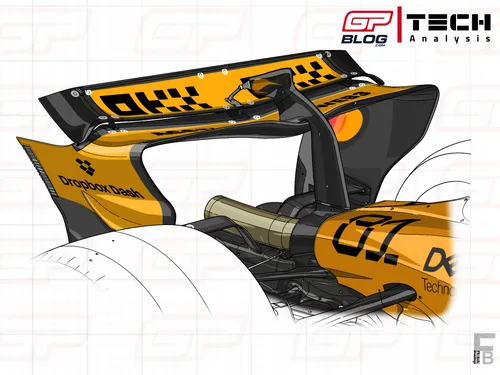
McLaren's low downforce rear wing used in Las Vegas - Image: Francesco Bianchi
Not having the possibility to make long runs on Friday is something that happens quite often during a season, and teams usually make them in FP3 to compensate for the loss. In Las Vegas, however, rain hit hard right before the beginning of the third practice session, meaning that drivers spent the majority of it on the intermediate tyres, as the track was quite wet.
These conditions denied teams the chance to make long-run simulations once again, meaning that they had to head into qualifying (and the race on Sunday) without proper data in terms of tyre degradation.
With rain expected also from qualifying, McLaren’s engineers made specific changes to the set-up: to better suit their track to the Las Vegas layout and conditions, they decided to adopt a soft mechanical set-up longitudinally, not only to have a better car in traction and braking, but also to increase the tyre patch and better warm up the front tyres.
Moreover, a softer mechanical set-up is also a huge help in wet conditions, as it generates more mechanical grip and thus warms the tyres way quicker, as the wet compounds are also way softer, because they have to get up to temperature in cooler conditions.
To then gain some of the downforce in the high-speed sections of the track (Turn 1 and 2), the team decided to run the car a bit lower to the ground, in line with the data gathered during practice sessions.
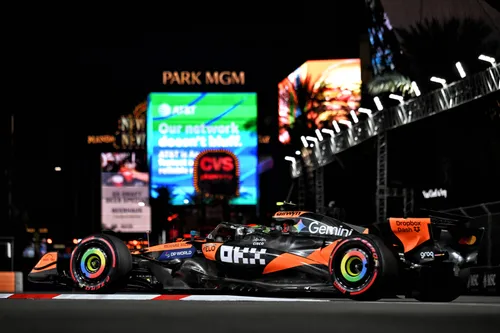
Piastri during FP2 in Las Vegas - Image: Race Pictures
The team took this specific decision to gain as much performance as possible on a track that was not ideal for their car, while also being conscious that the MCL39 is very good at preserving plank wear in normal conditions, even with a very low ride height.
The conditions experienced in qualifying seemed to praise McLaren’s choice: with rain falling hard and with all drivers using extreme wet tyres, the soft mechanical set-up allowed Norris and Piastri to quickly warm up the grooved tyres, gaining a massive amount of lap times in the second sector, the more technical and twisty one.
With all teams switching to intermediates in Q3, the gap between McLaren and competitors became even bigger, as Norris managed to gain almost a second to Verstappen just in the first two sectors during his final lap, proof that everything on the MCL39 was working smoothly.
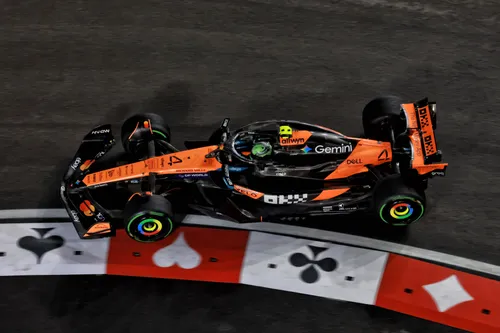
Norris during FP3 at the Las Vegas Strip Circuit - Image: Race Pictures
As already pointed out in an earlier article, however, the wet conditions helped McLaren, who was also hoping for a wet race. The instead dry conditions experienced in the race, brought to light the big limitations in terms of set-up: the softer mechanical set-up still provided a very good grip through the second sector and in all slow speed corners where drivers had to attack kerbs, but also meant that Norris was losing a lot of time in turn 1 and 2, where a stable car is required.
Read also
Moreover, the MCL39 showed off a visible level of porpoising on the straights: the soft mechanical set-up and the very low ride height adopted caused an evident bouncing on the straights, as the car’s floor was running too close to the ground.
This latter factor caused an excessive skid block wear on both McLarens, but the team noticed it too late during the race: on lap 45, the team warned Norris about this issue and forced him to make an excessive amount of lift and coast to limit the floor scratching as much as possible. The Briton started lapping in the 1.37s, with all other drivers making 1.34s, with evident lifting also on the straights.
This strategy, however, wasn’t enough to prevent plank wear and be within the 1mm of wear allowed by the regulations. According to the FIA document, on Norris’ car, “the relevant measurements were RHS Front 8.88mm, RHS Rear 8.93mm,” while on Piastri’s car, “the relevant measurements were LHS Front 8.96mm, RHS Front 8.74mm, RHS Rear 8.90mm.” Both measurements were made with a Mitutoyo Micrometre whose accuracy was 0.001mm.
As a consequence of these measurements, both cars were disqualified from the Las Vegas Grand Prix, allowing Verstappen to get within 24 points of Norris in the Drivers’ Championship, with just two rounds left. Norris and McLaren still have the title in their hands, as the next two tracks should be suited to the MCL39, but they’ll need to be extremely cautious and not commit this kind of procedural error anymore, as it can cost them the Championship.
Read also
Read more about:
Rumors
Popular on GPBlog

1
How McLaren argued to keep Norris and Piastri from Las Vegas disqualification
3199 times read
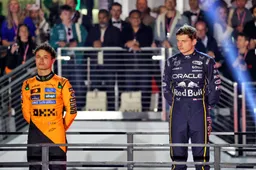
2
McLaren disqualification gives Verstappen more than hope: now Max is at his best
2934 times read

3
Verstappen hits back at Sky Sports reporter with a smile
2065 times read

4
'Norris tried to play Verstappen at his game, but he doesn't know the rules'
1162 times read
Loading








